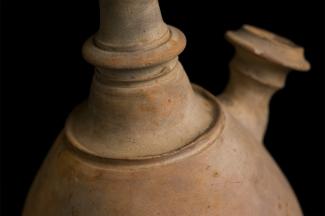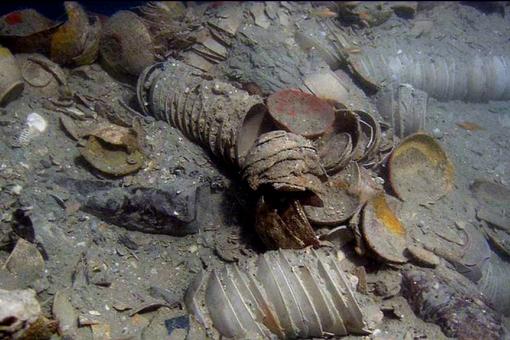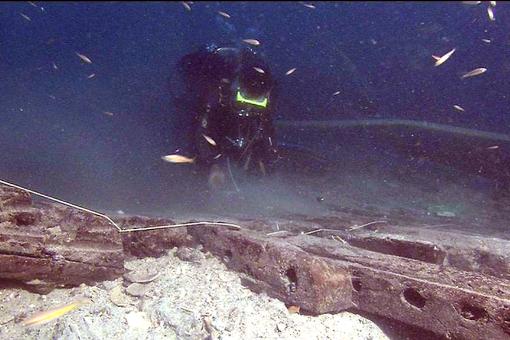This kundika was recovered from a shipwreck in the North Java Sea near Cirebon, from a depth of 60 metres. It was believed to have been made during the 9th or 10th century CE in Southern Thailand. The kundika’s form evolved from earlier jug shapes and the term kundika is believed to originate from a Sanskrit word meaning a container of water. This kundika is also known as the kamandalu jug.
The discovery of the kundika in the Cirebon shipwreck shows the maritime routes which flourished before the first millennium, linking Java with the wider region. The kundika is also a testimony of the pottery industry’s evolution in Southeast Asia and technological developments of the 9th to 10th century. In Asia, there are several places where similar jugs are found, including India (Tamil Nadu), northern Sri Lanka, Thailand, the Philippines, Cambodia, Vietnam, Myanmar, Malaysia and Indonesia.
A multifunctional vessel
While we don’t know why the kundika was on the Cirebon ship, there are several theories. It may have been a sacred object belonging to a priest who was on board, or it may have been on the ship for trade as a sacred object for ceremonial purposes.
Apart from being a water container for daily needs, kundika were also used to store holy water which symbolised purity and eternal life. In Hindu iconography there are several statues that hold objects resembling the kundika such as Lord Brahma, Lord Shiva Mahadewa, Shiva Mahaguru, and Rsi Agastya. In Buddhism, the kundika is an attribute of Avalokiteśvara.
The function of the kundika has evolved over time. Jugs have been used as water containers throughout the Indonesian archipelago for centuries. In the past, many Javanese families placed a full water jug in front of their houses for the refreshment of passers-by. While in Lombok, jugs were believed to be a sacred medium to ward off evil spirits.
Zainab Tahir, Curator at the Marine Heritage Gallery, shares the background and significance of the Kundika.



